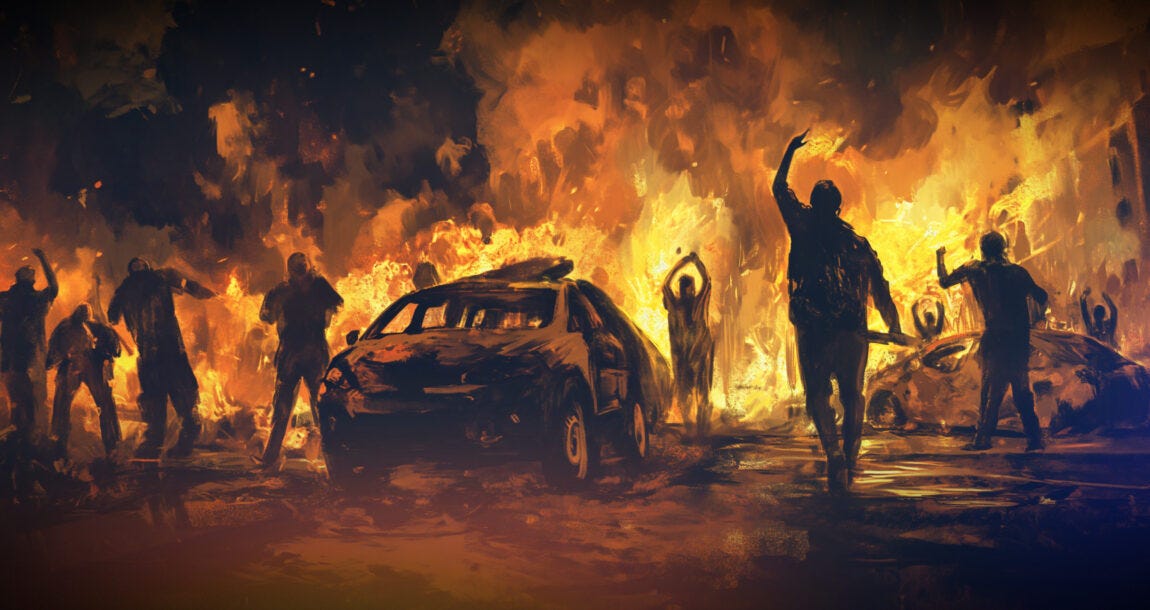The Fire This Time: 2nd Excerpt From My New Book
This essay is an excerpt from my NEWLY RELEASED Essays on the Counterrevolution, which you can get for FREE when you become a Premium Member.
The following is an excerpt from my NEWLY RELEASED Essays on the Counterrevolution, FREE to all our Premium and Founding Members.
The early reviews for Essays on the Counterrevolution are incredible! Check this out, from Mark Tapscott, Senior Congressional Analyst for The Washington Stand and former Senior Washington Correspondent for The Epoch Times:



